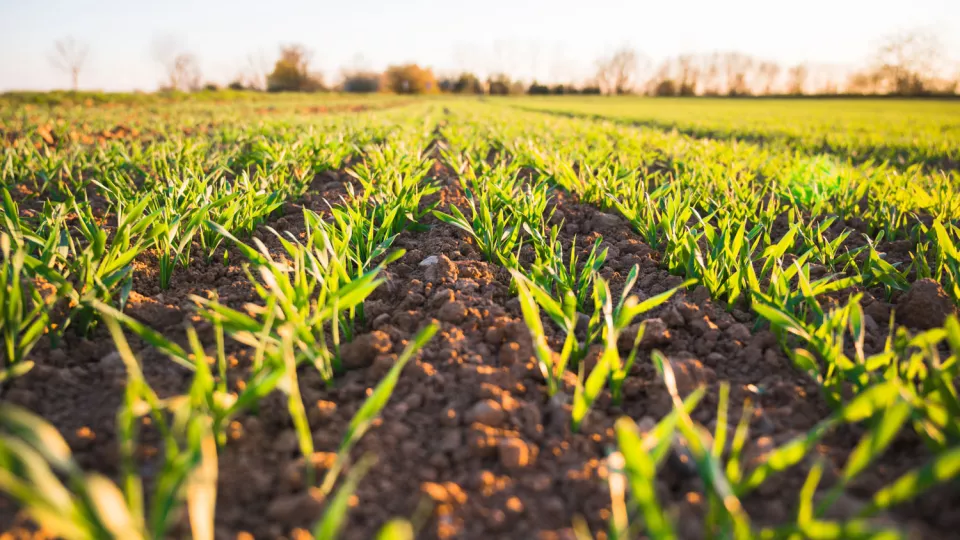If global warming continues, food producers may need to adapt to changing conditions. Researchers try to predict different scenarios with important crops in the high-producing areas.
Best areas for cultivation to move geographically
A recently published article shows that adjustments may be needed in food production, both in agricultural methods and management, and geographical location. This can involve changes such as time frame for sowing, watering and fertilizing to optimize yields. Some areas that today have the best conditions for agriculture may be less productive under future climatic conditions. It may well be that many of the areas that today produce a large part of our food become unusable and that we instead will find the most suitable areas closer to the poles. Stefan Olin and Thomas Pugh at INES are two of the co-authors of the study:
- The best growing areas today is mainly in Western Europe, the Midwest in the United States, the plains of South America and the lowlands of China. There, the climate and soils are suitable for growing cereals, says Stefan Olin
New areas for future climate
The study involves examining where the best cultivation areas will be in the future, and whether opportunities to cultivate new areas can compensate for the cultivation capacity that is deteriorating in today's high-producing areas.
- Using results from agricultural models, we have adapted statistical models, emulators, which can be used to simulate harvests in a changing climate. These emulators are less demanding to use than the models on which they are based, which enables their application in other research areas.
Read more about this research in the article "Agricultural breadbaskets shift poelward give adaptive farmer behaviour under climate change" by James A. Franke (Universit of Chicago, USA) et al.


